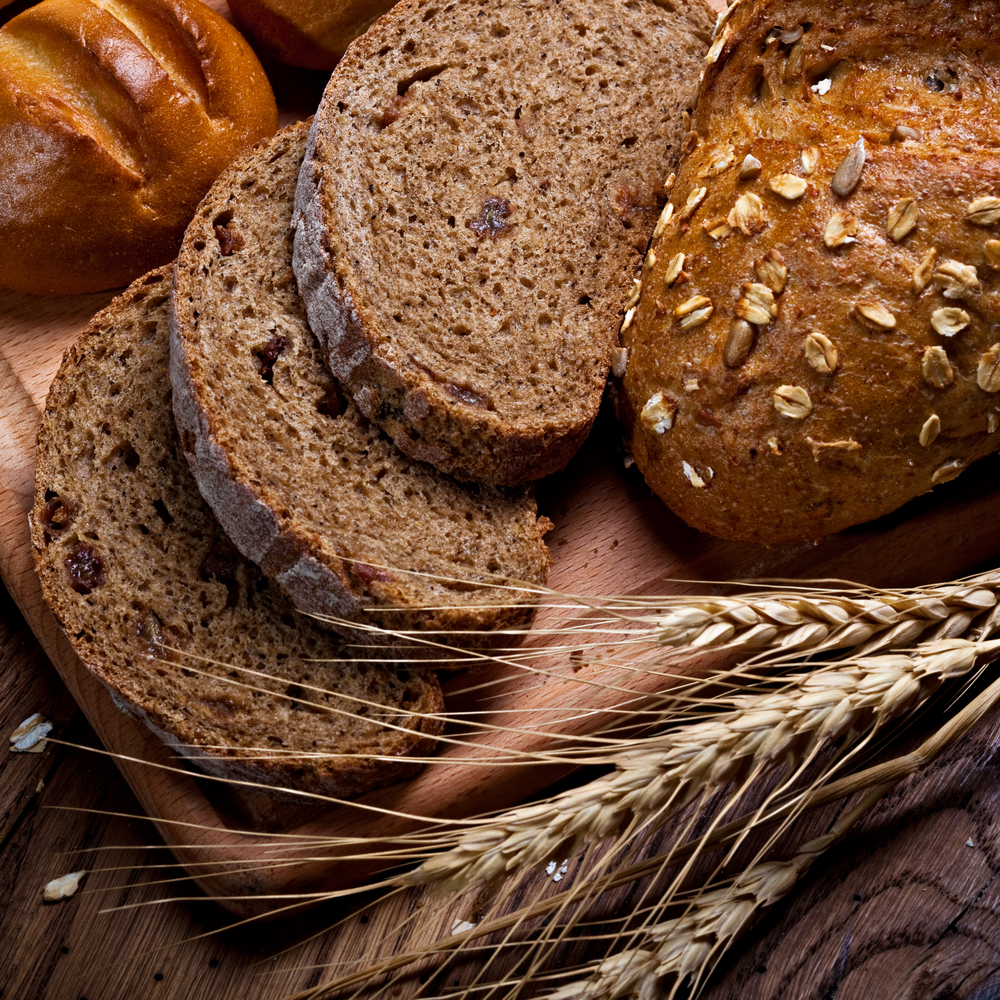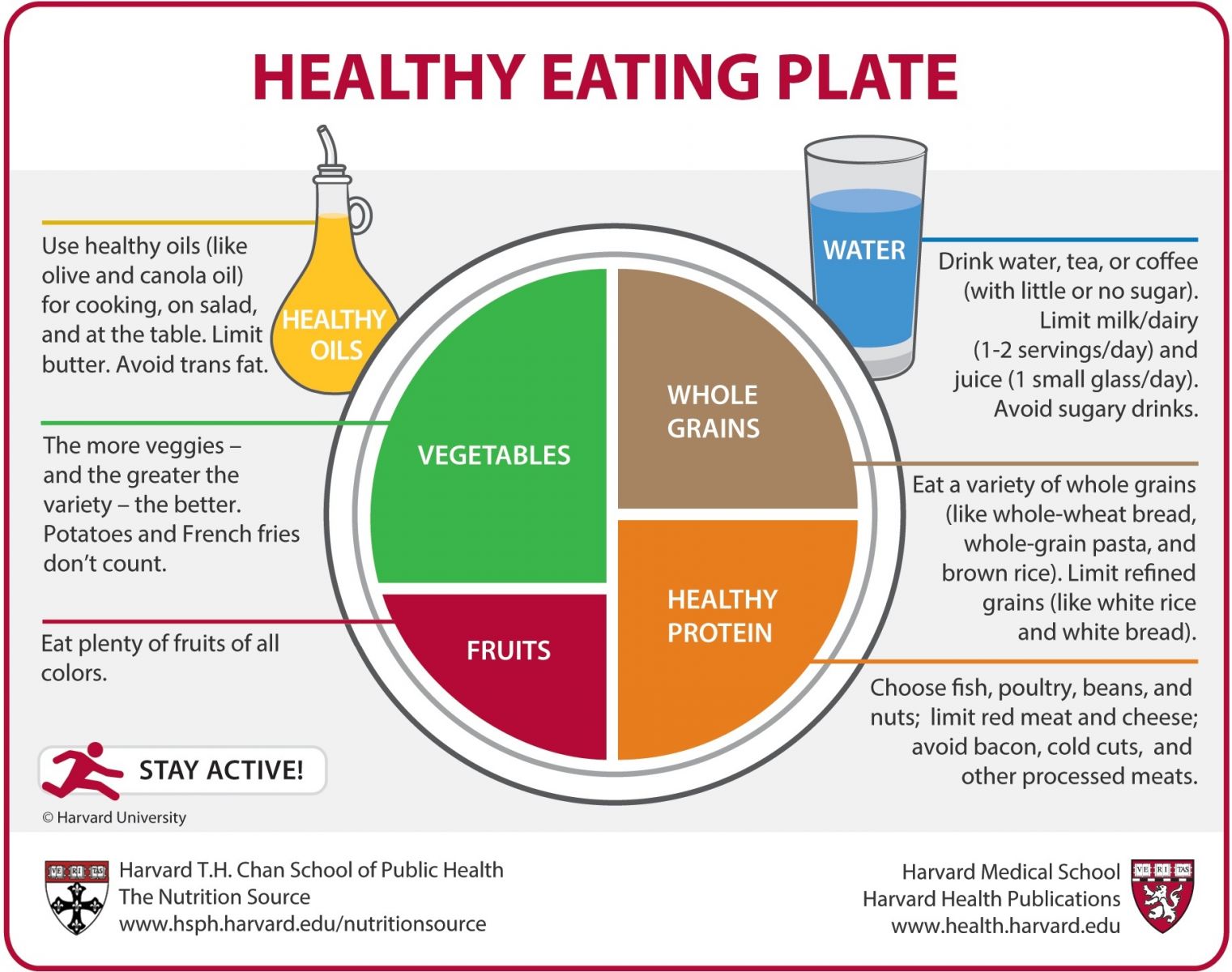

Can coffee improve our fitness? It does
seem that the ingestion of caffeine can enhance exercise and sports
performance. In fact, caffeine's efficacy as a performance-enhancing drug has
led the International Olympic Committee to consider urinary levels of caffeine
exceeding 12 micrograms/ml as worthy of a ban. You'd have to knock back eight
cups of coffee to achieve such a target, however. Assuming you're not competing
at the top level, a strong cup of coffee an hour before that fun run or charity
bike ride might just help you through. Even if it isn't physiologically easier,
studies have shown that people perceive their effort to be less intense after
caffeine ingestion. In other words, you're trying as hard but you don't feel as
if you are. However, caffeine can also dehydrate you, so don't overdo it and be
sure to drink water regularly during your workouts. 

So, these
previous studies show that caffeine can boost your endurance, particularly
during exercise lasting between thirty minutes and two hours. Because of its
high caffeine content, many people drink coffee in the belief that it has the
same effect. Unfortunately, it doesn't according to a recent study.A Canadian
research team compared the effects of coffee and caffeine on run time to
exhaustion. A group of nine men took part in five trials. Sixty minutes before
each run, the men took one of the following. 

- Placebo (a "dummy" supplement).
- Caffeine capsules.
- De-caffeinated coffee.
- De-caffeinated coffee with caffeine added.
- Regular coffee.
Performance
times were up to 10 minutes longer in subjects using the caffeine capsules.
There were no differences in run times among the other trials. These results
are somewhat surprising, especially when you consider that caffeine absorption
was similar during all three caffeine trials. The only explanation is that
something in the coffee interferes with the effects of caffeine. This isn't
surprising, especially when you consider there are hundreds of compounds
dissolved when coffee beans are roasted, ground and extracted in hot water. In
fact, when one of these compounds was injected into rats, it actually slowed
heart rate and lowered blood pressure.
The bottom
line, then, is that if you plan to use caffeine to boost your exercise routines
(particularly your endurance times), pure caffeine (such as in the form of
capsules) might prove to be more beneficial than coffee.
Clearly,
coffee has some health benefits, but also has very real risks and it's role in
the improvement of fitness levels is questionable. So, in light of these facts,
I highly recommend being balanced to your approach to coffee ingestion as it
relates to your health and fitness.

.jpg)




















